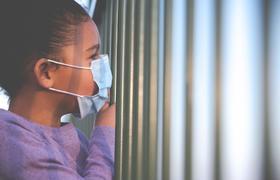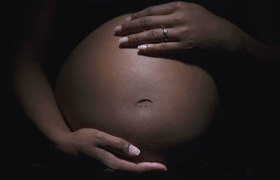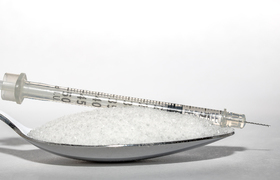Malnutrition: ‘a slow violence against our children’
22 February 2021 | Story Carla Bernardo. Read time 7 min.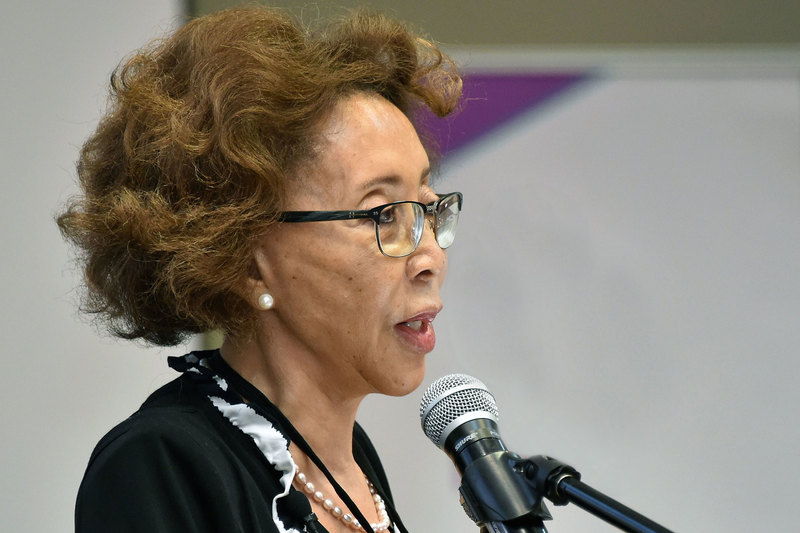
Dr Tshepo Motsepe, a medical doctor and South Africa’s first lady, delivered the keynote address during the online launch of the South African Child Gauge 2020: Food and nutrition security on Thursday, 18 February 2021. Dr Motsepe’s keynote address focused on malnutrition, which casts a long shadow on children and their future, robbing them of health and well-being, condemning them to continued ill health while undermining their chances to learn, earn and escape poverty.
“It is a slow violence against our children. And we cannot thrive as a country when our children are shackled to a life of hunger and malnutrition,” said Motsepe.
The South African Child Gauge is published annually by the University of Cape Town’s (UCT) Children’s Institute (CI). The 15th issue was developed in partnership with the Department of Science and Innovation and National Research Foundation (DSI-NRF) Centre of Excellence (CoE) in Food Security at the University of the Western Cape (UWC), the DSI-NRF CoE in Human Development at the University of the Witwatersrand (Wits), the Standard Bank Tutuwa Community Foundation, the DG Murray Trust and the United Nations International Children’s Emergency Fund.
“We need our ministers responsible for the food and nutrition security of the country to uphold the commitments of our Constitution.”
In her address Motsepe noted that long before the COVID-19 pandemic, the significant number of South Africans who do not have access to sufficient food and who go hungry daily was well known. So too was the extent of child malnutrition.
However, the pandemic and subsequent lockdown restrictions have exacerbated this, negatively affecting household earnings and the price of basic food items, which Motsepe said paints “a very dim picture regarding any progress [in] addressing the chronic malnutrition of children”. Thus, while she saluted the work of communities and civil society in bringing relief to the hungry, much more needs to be done.
“We need concerted efforts from society to respond to the needs of our children, our citizens and future leaders of our nation,” she said.
“We need our ministers responsible for the food and nutrition security of the country to uphold the commitments of our Constitution.”
She added that food safety policies and initiatives must be central to this work, including the National School Nutrition Programme, the early childhood development subsidy, campaigns for exclusive breastfeeding, programmes for food fortification and supplementation, and social protection policies.
“And we need these to be effectively implemented and adequately resourced,” she said.
Motsepe concluded her address by thanking the team responsible for this year’s South African Child Gauge for “their hard work in documenting the plight of our children and food security and nutrition by providing the latest evidence”.
This year’s team involved 63 contributing authors, including leaders from three CoEs: UWC’s Professor Julian May and Professor Lise Korsten, Wits’s Professor Shane Norris and North-West University’s Professor Marius Smuts. Professor May, the University of the Free State’s Dr Chantell Witten and the CI’s Lori Lake co-edited the publication.
National strategy needed
As noted by UCT Vice-Chancellor (VC) Professor Mamokgethi Phakeng, who delivered the welcome speech at the launch, every year the publication draws attention to an aspect of the lived realities of children in South Africa.
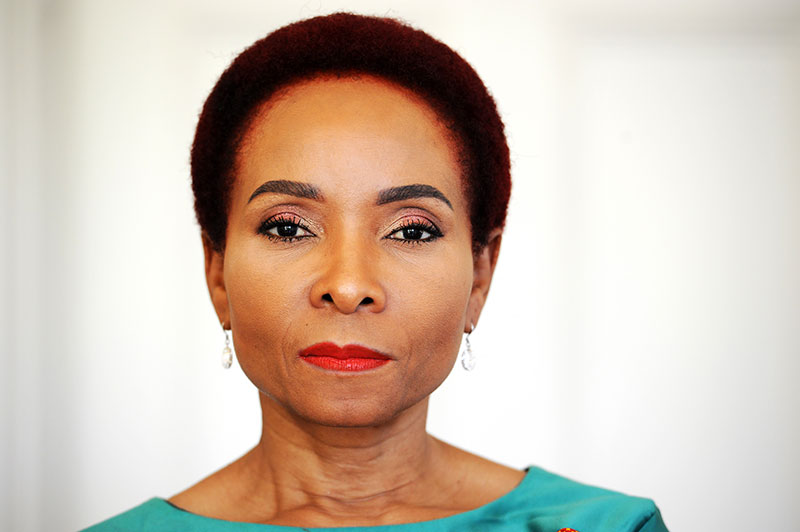
“Children who manage to survive malnutrition continue carrying the harm in their bodies, minds and spirits for the rest of their lives,” Professor Phakeng said.
“And it doesn’t stop there: by attacking our children, malnutrition erodes our national development. The nation that starves its children is also starving itself.”
The VC added that South Africa needs a national strategy and echoed the CI’s call, which dates back to 2014, for the establishment of a national food and nutrition security council. This strategy must address both the inaccessibility of good food in poor communities and the effects of unwise food choices across the country.
“This problem is having far-reaching effects on national health, human longevity and the economy, and it merits the attention of our national leaders,” said Phakeng.
All is not lost
This year’s South African Child Gauge is divided into three parts: “Children and Law Reform”, “The Slow Violence of Malnutrition” and “Children Count – The Numbers”, which provide a child-centred analysis of national data.
It details South Africa’s progress in realising children’s rights to adequate food and nutrition and the impact of malnutrition and addresses the impact of COVID-19. It shows how the nutritional status of South Africa’s children is deteriorating, how chronic undernutrition has remained unchanged for 20 years and how, over the same period, the incidence of overweight children and childhood obesity has steadily increased.
“But all is not lost,” said Professor Shanaaz Mathews, the director of the CI.
“There is much that the state can and must do, and the 2020 South African Child Gauge outlines a range of opportunities for double-duty actions to address the double burden of malnutrition, starting early during the antenatal period and extending across the life course.”
“Improving child nutrition is a long-term investment in human capital, which has a triple dividend for the children of today, the adults of tomorrow and the next generation of children.”
The CI’s communication and education specialist, Lori Lake, echoed Professor Mathews’ sentiments: “There is much that we can do as individuals to protect and promote our own health and nutrition and that of our children, but we cannot do this in isolation.
“Safeguarding children’s health and nutrition requires intervention at every stage in the life course and collective action from a range of government departments, civil society and the private sector.”
This must include the urgent establishment of a national food and nutrition security council to provide political leadership at the highest level in the presidency, with the authority to hold government departments accountable and to drive concerted and consolidated action for children across a range of sectors, from health, education and social development to trade and industry.
“Improving child nutrition is a long-term investment in human capital, which has a triple dividend for the children of today, the adults of tomorrow and the next generation of children,” Lake said.
“It is also a great equaliser, helping to level the playing field by improving children’s cognitive development and enhancing economic productivity in adulthood.”
 This work is licensed under a Creative Commons Attribution-NoDerivatives 4.0 International License.
This work is licensed under a Creative Commons Attribution-NoDerivatives 4.0 International License.
Please view the republishing articles page for more information.







